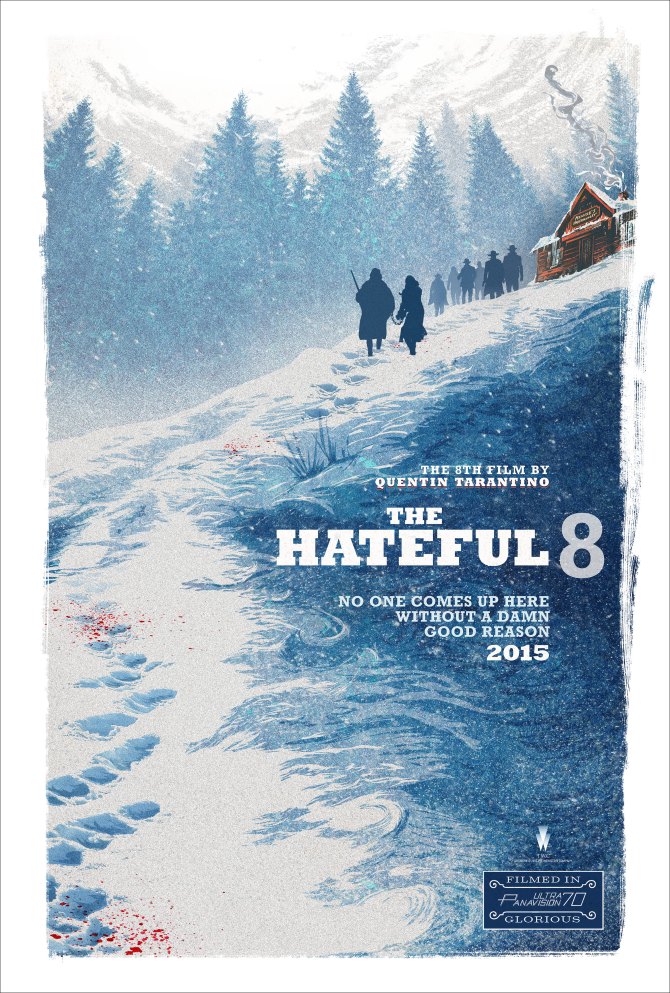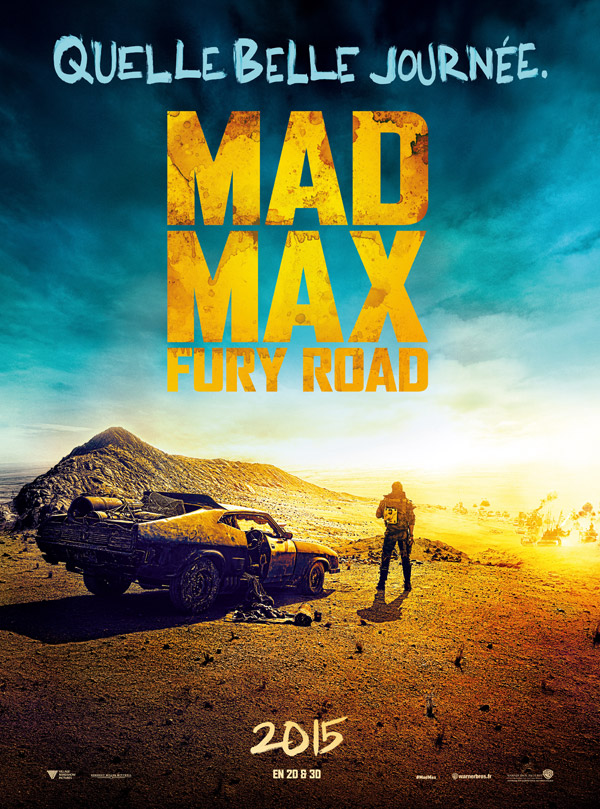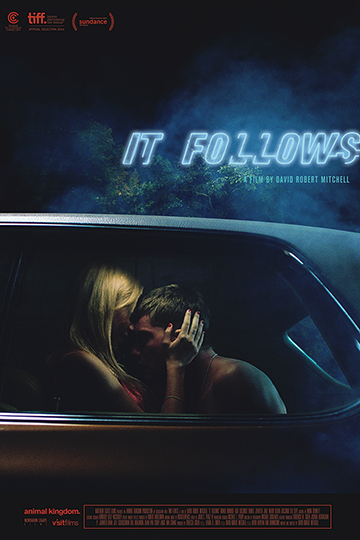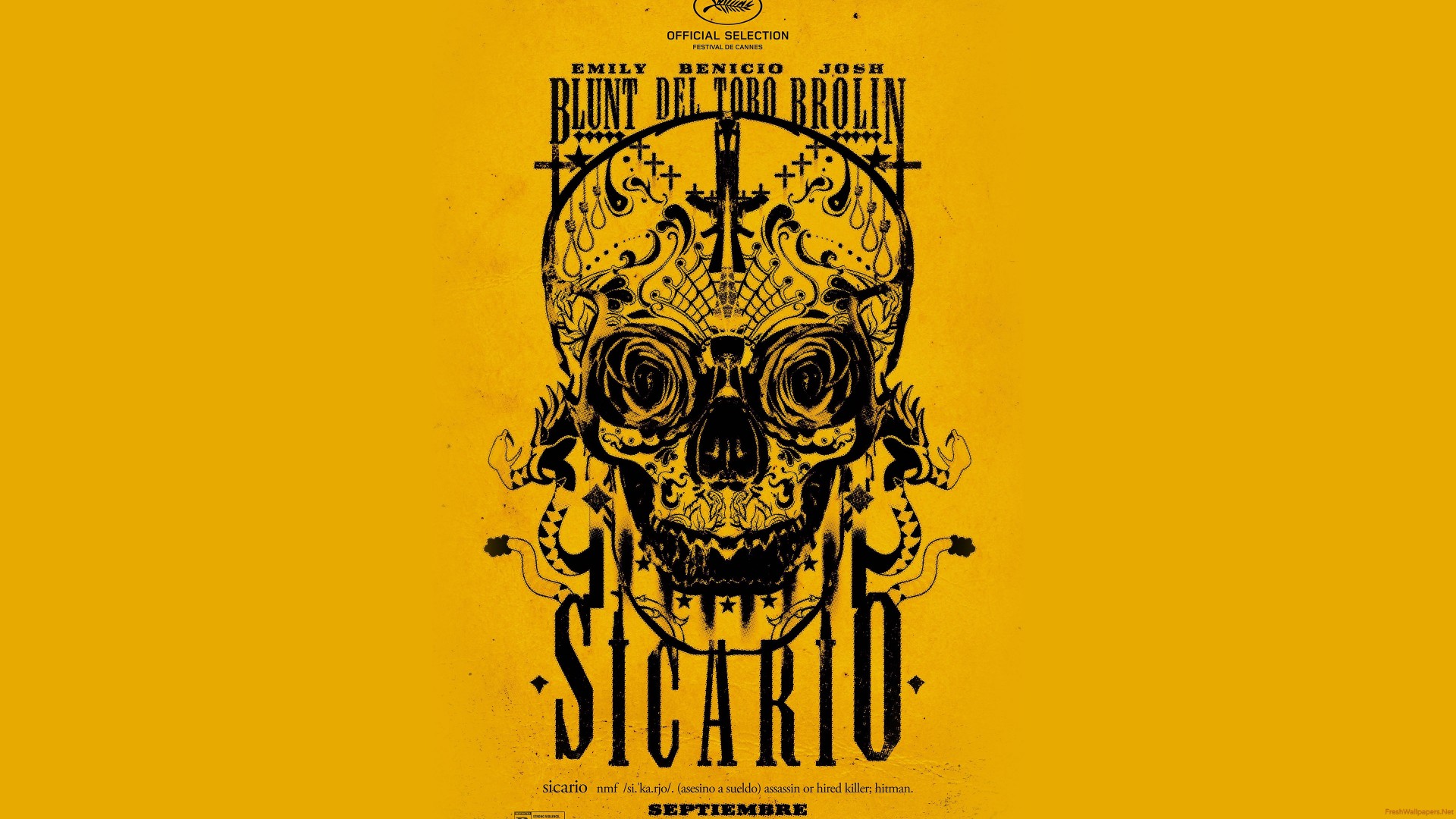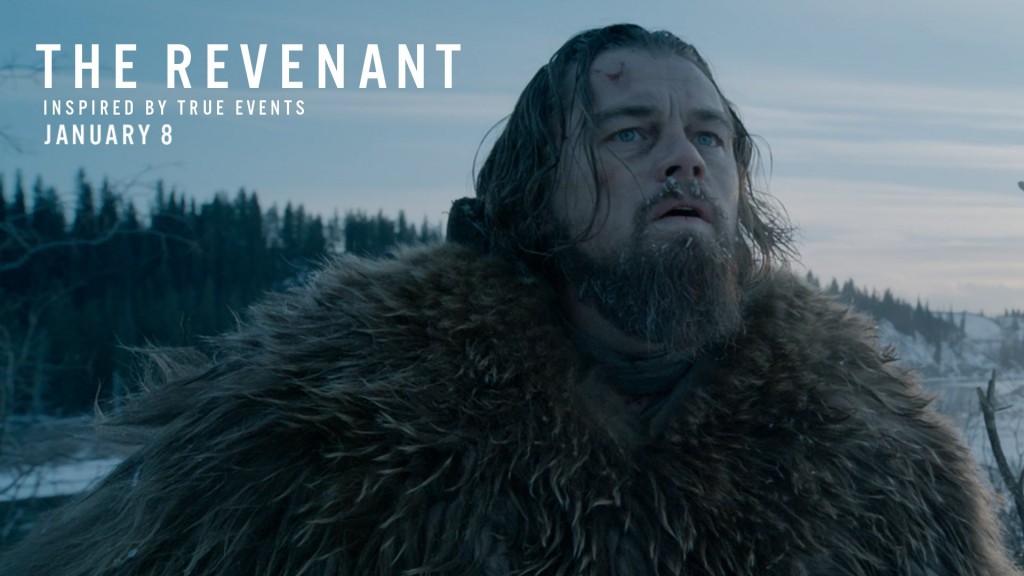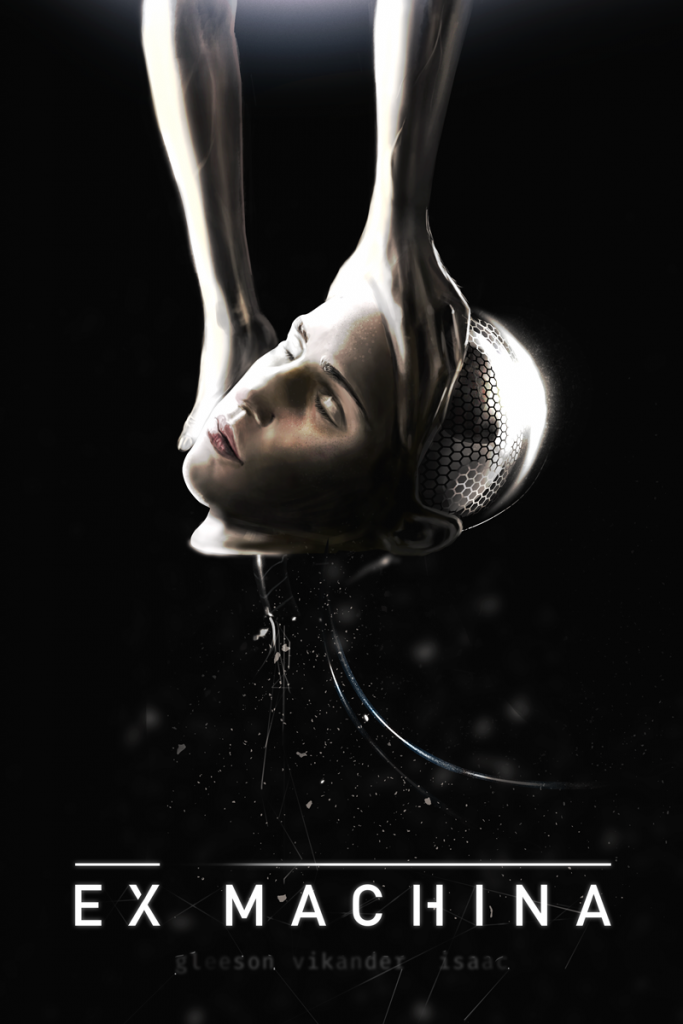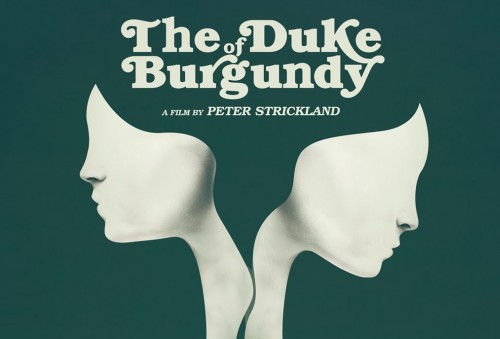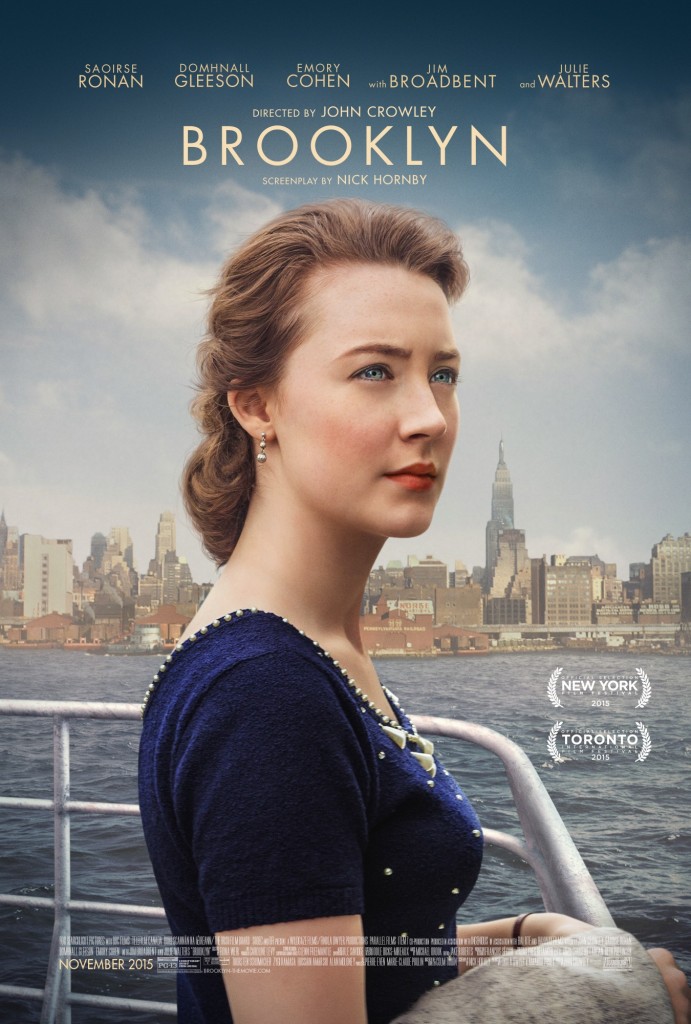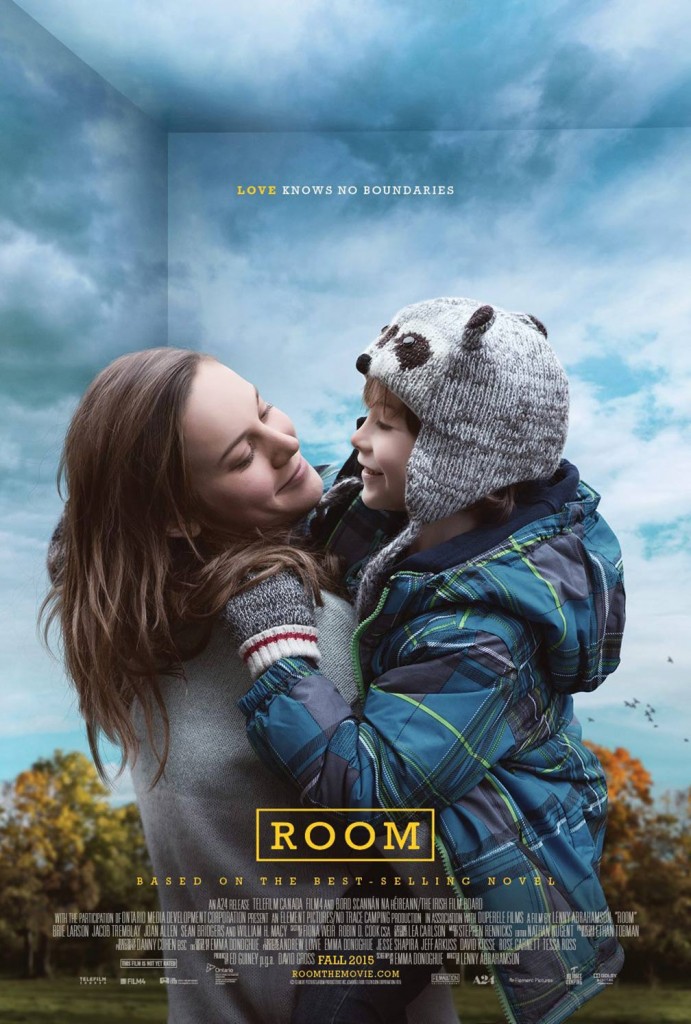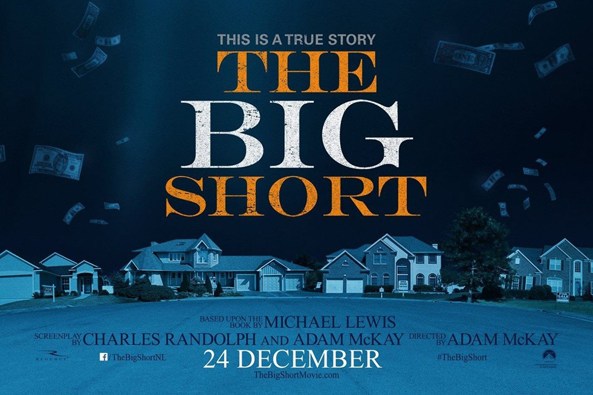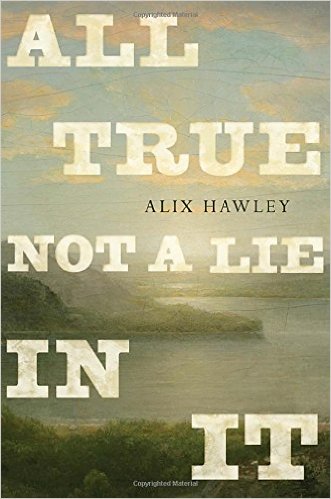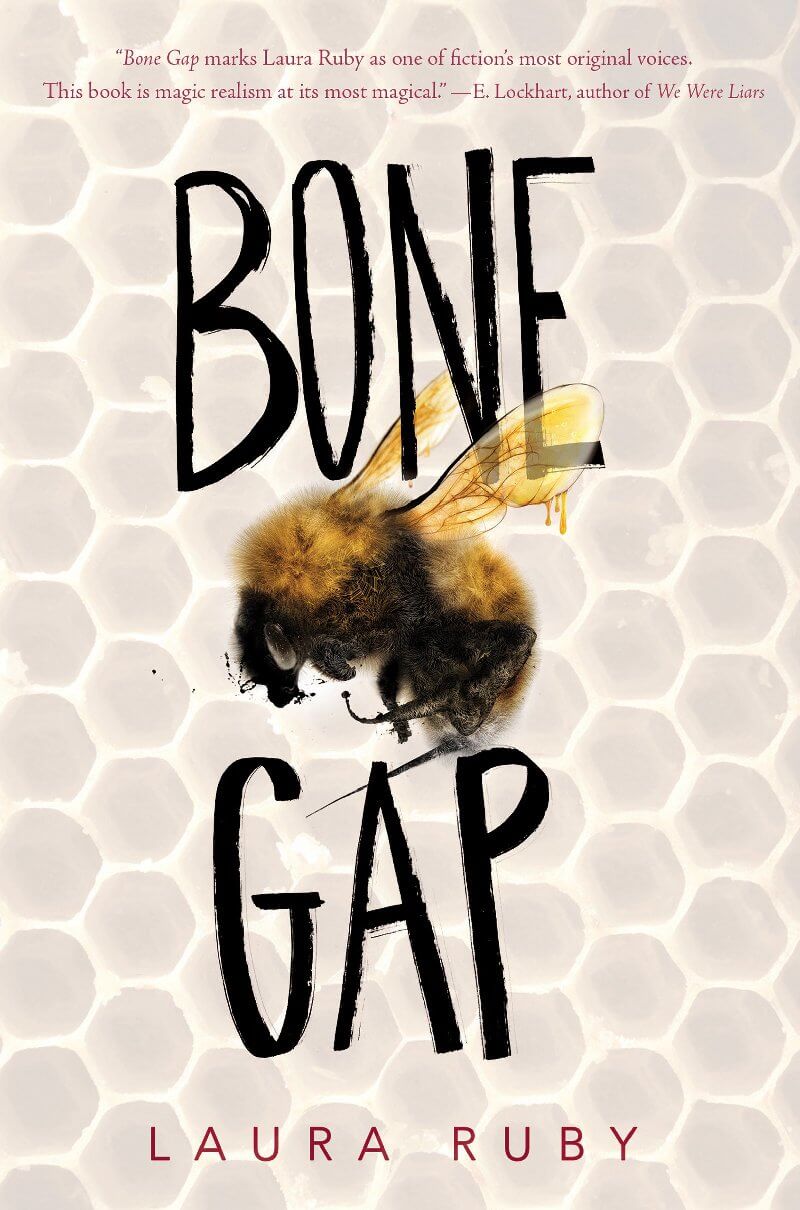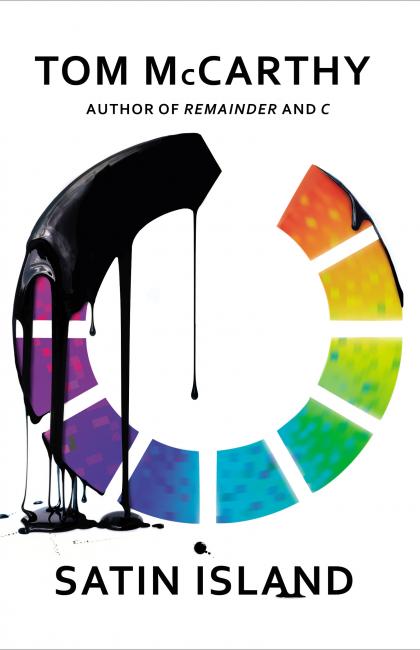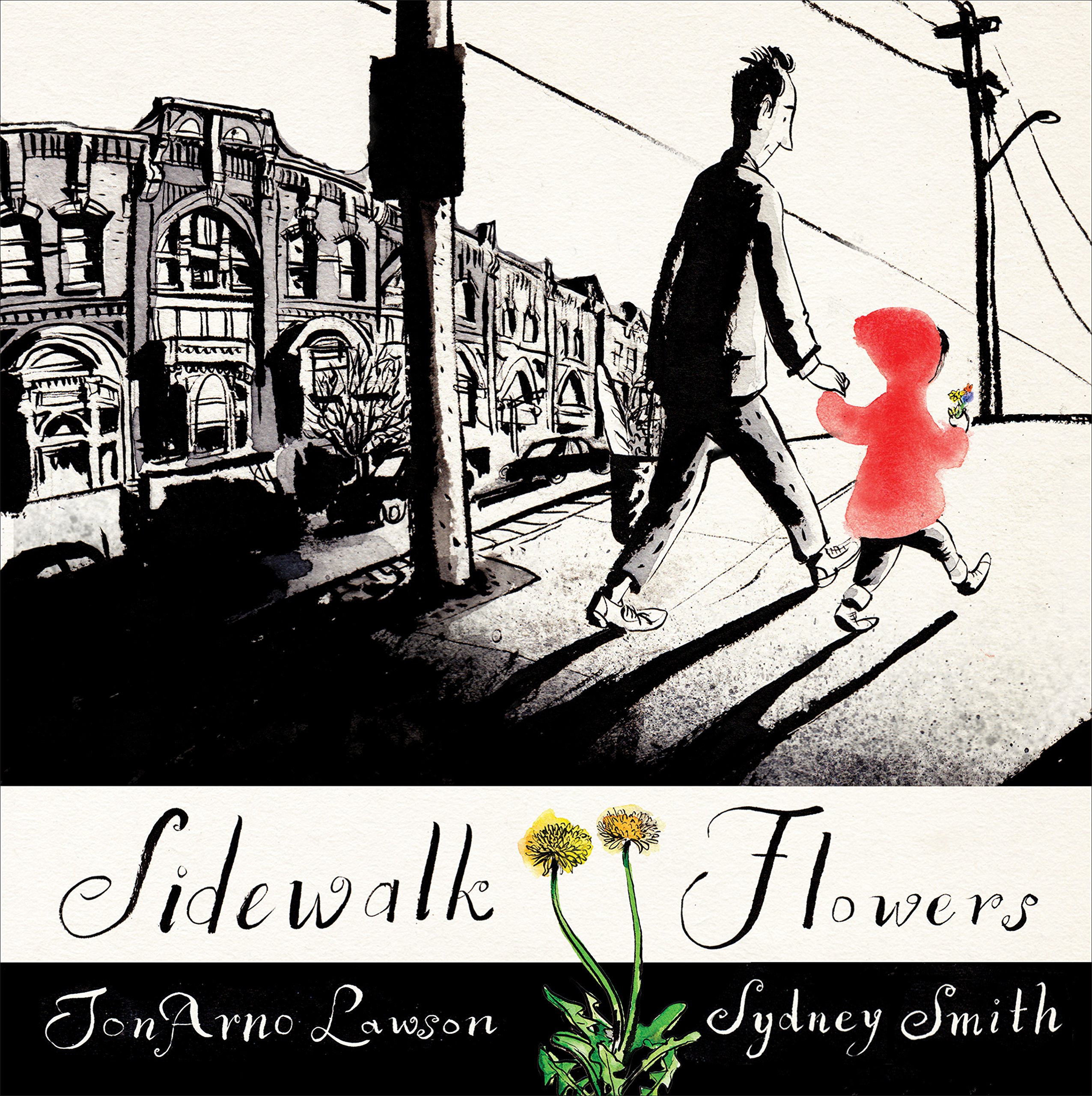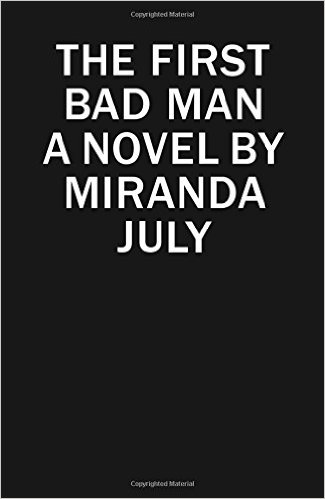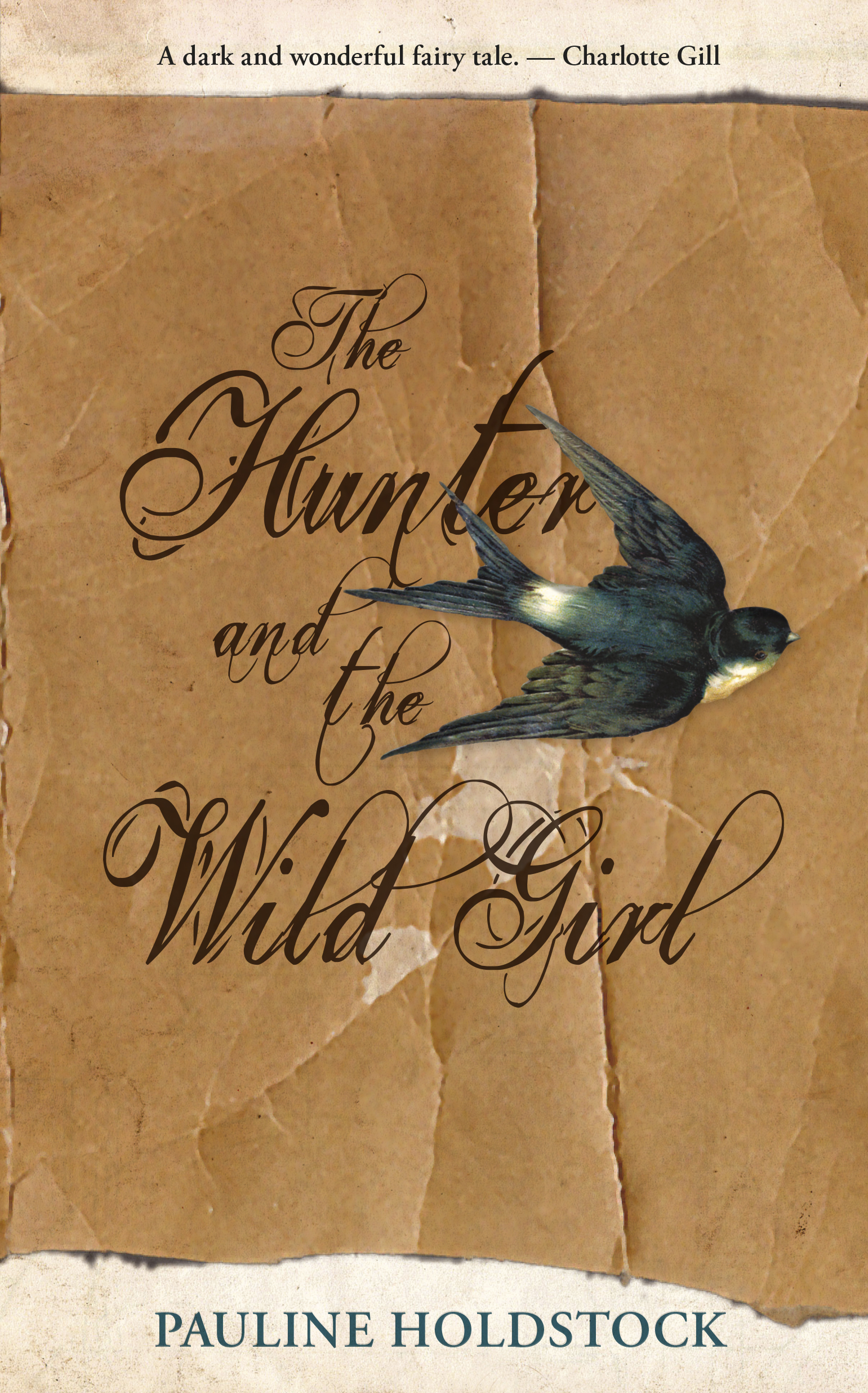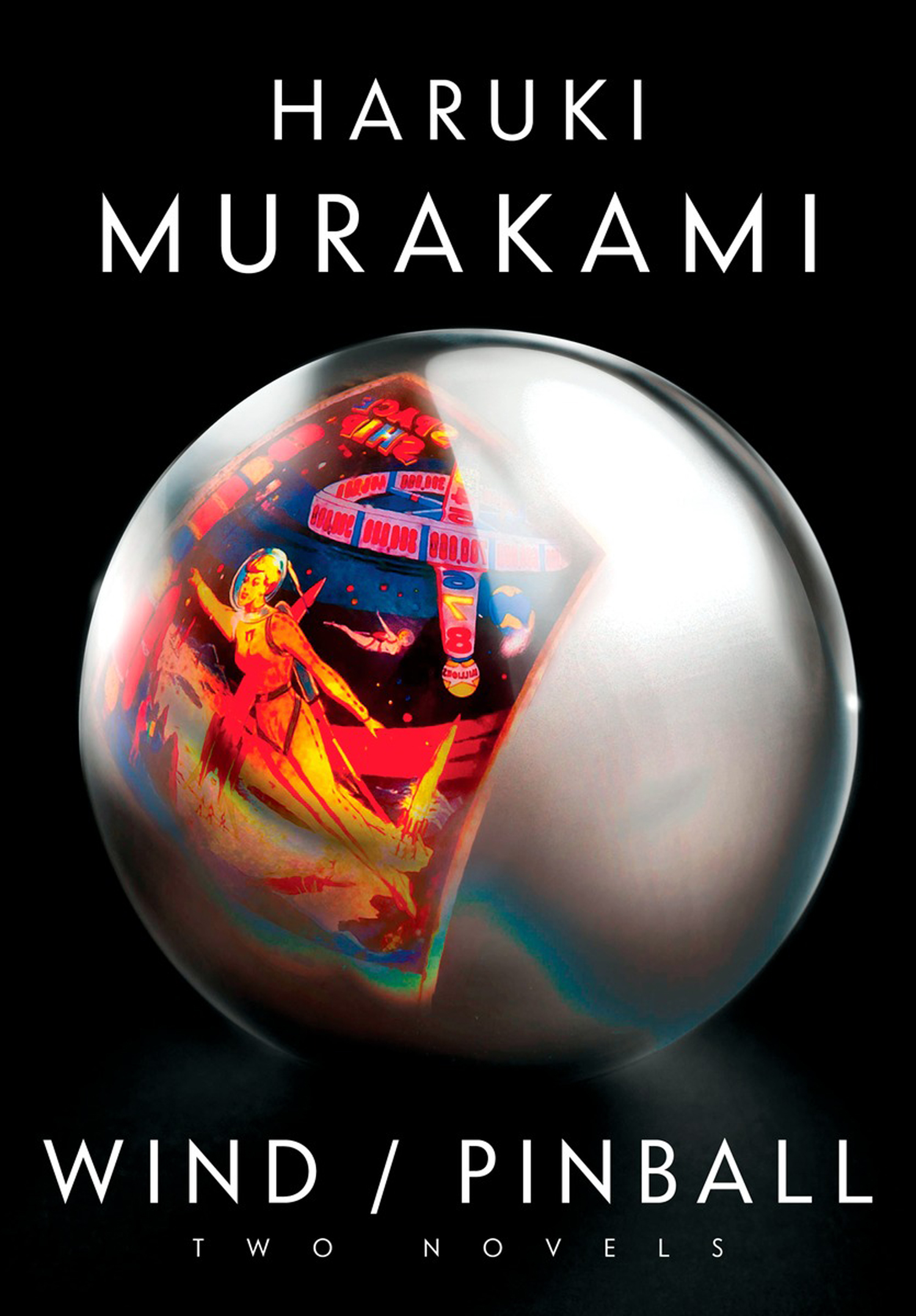Music:
Kendrick Lamar
To Pimp A Butterfly
When good kid, m.A.A.d city came out, everybody who gave a shit lost their shit. Accessible? And smart? And fun? And, wait, is this hip hop that’s actually making me feel … feelings? It seemed it had been a while for most people since something that penetrated so far into the mainstream had been so poignant. Say what you want about Kanye West’s artiness, Lamar had something to say that extended beyond the personal. Compare West’s admittedly awesome “Runaway” with Lamar’s “Sing About Me, I’m Dying of Thirst,” and you’ll see the difference between talking about yourself for the sake of yourself and talking about yourself to say something more.
With the fame and respect that the previous album brought Kendrick Lamar, he was evidently given the cultural greenlight to do whatever the fuck he wanted; even if he released an album of helicopter noises, people wouldn’t be able to not listen to it without being behind the times. The brilliance of To Pimp a Butterfly is that it’s eclectic and free, demanding listeners be open to all its jazz, beat poetry, and rock guitars while also managing to be just as — if not more — smart, and fun, and goddamn poignant as anything Lamar has done to date. — AR
Earl Sweatshirt
I Don’t Like Shit I Don’t Go Outside
At 19 years old, Earl Sweatshirt delivered one of the best debut albums in recent years: 2013’s Doris. However, if there were any qualms listeners had with Doris, those would be the beat selection and sometimes-monotone delivery.
Rest assured, these are now things of the past as Earl is in top form throughout the entirety of this lyrically dense, albeit short, journey into the self. A condensed look into the mind of one of the genre’s most interesting young artists, I Don’t Like Shit’s best moments come in the songs “Mantra,” “Faucet,” and “Wool,” which features a fantastic verse from Vince Staples to finish off the album. It hasn’t received all the credit it deserves because of its early-2015 release, but this is one of — if not the most — cohesive albums of the past year. — PO
Tame Impala
Currents
Currents isn’t Tame Impala’s coming-out party, but it certainly is a statement that Kevin Parker is a force to be reckoned with. His sleek, psychedelic-inspired production and dense instrumentation made Currents a perfect soundtrack for the summer of 2015. Tracks such as “Let It Happen,” “The Less I Know The Better,” and “Eventually” are the centrepieces of the album, but Currents has high points from front to back, with each track revealing another dimension of the lush sonic playground that Tame Impala operates within. — JT
Donnie Trumpet
SURF
Originally billed as Chance The Rapper’s third album, in truth Surf belongs to 21-year-old Nico Segal, the eponymous Donnie Trumpet (the Social Experiment’s hornblower), who receives top billing and is a far more consistent presence on the record than the more widely recognized Chance. The album is full of jazzy licks, pop / funk swagger, and a fun sense of theatricality. It’s a fun album that explores themes of expressing individuality and feeling confident enough to be yourself, without being preachy or too serious. Given that it was released for free, Surf is a well-orchestrated and enjoyable “Social Experiment.” — GE
Foals
What Went Down
Though What Went Down doesn’t involve Foals’ moving outside of their comfort zone, it does help to further refine their varied indie rock sound, which has essentially become the “Foals” genre. The album features heavy krautrock breakdowns such as on the title track, “What Went Down,” and “Snake Oil,” but also settles into more slow and atmospheric ballads like “London Thunder,” and “Give It All,” which beautifully display the cohesive lyric-writing of frontman Yannis Philippakis. Foals have continually churned out quality material and What Went Down is no exception. If you are a fan of rock music in any capacity, you need to spend some time with this record. — JT
Yukon Blonde
On Blonde
On Blonde, the third release by Kelowna-based quintet Yukon Blonde, joined an ever-expanding list of 2015 releases that draw upon the sounds of the ‘80s. The heavy use of keyboards and synthesizers definitely contributed to a retro, glitzy ‘80s pop rock feel that permeates throughout each individual song. The first half of the album is powerfully delivered, fast, and contains the strongest songs, with “Saturday Night” and “Make U Mine” standing out in particular. — GE
Drake
If You’re Reading This It’s Too Late
On this mixtape’s opening track, Drake proclaims, “If I die, all I know is I’m a motherfucking legend,” and you know what? He’s not wrong. The Toronto rapper’s evolution is most readily apparent on this project, both technically and in terms of carving out his own sound. The hazy, blurry production on this record is entirely dominated by Drake’s delivery: his timing is meticulous, his bravado is entertaining as hell, and his portrayal of his own life in a seemingly specific manner, while still managing to make Toronto seem vague and somehow menacing, all contribute to this album’s merits. The fact that just about every song on this project still has relevance is also indicative of Drake’s sheer power when it comes to creating popular music. In his own words: “I ain’t gotta do it, but fuck it somebody gotta do it / Hate if someone else did it, fuck, I may as well do it.” — MC
Father John Misty
I Love You Honeybear
Josh Tillman, better known as Father John Misty, pushes some boundaries. Tillman’s second album is full of tongue-in-cheek, sarcastic social commentary and biting criticisms. It’s probably also the only album that could ever get away with an almost balladic, emotionally drenched delivery of lyrics that are almost never, ever serious. He’s capable of singing about the sweetest of things, but it’s almost always soaked in a deluge of sarcasm and jokes, which can sometimes overpower the haunting, reverb-y music. But even through the bitter, twisted sense of humour and choice of words, Tillman’s sophomore release is a nostalgic throwback in keeping with many other releases this year. Where others focused on rhythm and groove, I Love You, Honeybear is instead more of a vehicle for Tillman’s inner storyteller and jokester. — GE
Sufjan Stevens
Carrie & Lowell
Josh Tillman, better known as Father John Misty, pushes some boundaries. Tillman’s second album is full of tongue-in-cheek, sarcastic social commentary and biting criticisms. It’s probably also the only album that could ever get away with an almost balladic, emotionally drenched delivery of lyrics that are almost never, ever serious. He’s capable of singing about the sweetest of things, but it’s almost always soaked in a deluge of sarcasm and jokes, which can sometimes overpower the haunting, reverb-y music. But even through the bitter, twisted sense of humour and choice of words, Tillman’s sophomore release is a nostalgic throwback in keeping with many other releases this year. Where others focused on rhythm and groove, I Love You, Honeybear is instead more of a vehicle for Tillman’s inner storyteller and jokester. — GE
Carly Rae Jepsen
E•MO•TION
Okay, so far more people are going to watch Carly Rae Jepsen like they watch Facebook memes rather than listen to her as a mature, impulsive-poetic artist. No one is ever truly obscure or underrated on the internet, but it still feels that way when an album like Emotion, stuffed with bonus tracks, not a bad one among them, channeling perfect three-minutes-and-out song-structures, is still the stuff of jokes, and not the admiration-through-jokes an artist like Adele gets. The problem, maybe, is that Jepsen was more appreciated as a shy-maybe-love?-really? hit-maker than the characters she embodies here: demanding, then weird; confident, then anxious; craving intimacy, then able to block it out. Their loss: this was the best pop album of the year. — MS
Ought
Sun Coming Down
Montreal-based four-piece band Ought revel in their second album, sounding even more cohesive, comfortable, and in sync with each other than they did on their debut, More Than Any Other Day, which won acclaim for socially conscious lyricism and left-field, post-punk-ish instrumentation. On Sun Coming Down, they slowly ratchet up the tension in each song with magnificent ease. From slow, relaxed beginnings to frantic, breathless climaxes, Ought have developed into some truly amazing, emotion-inducing musicians. Most impressive of all would be Tim Darcy’s ability to deliver repetitive vocals with varying degrees of emotion to evoke a wide range of responses. And that’s exactly what Ought want their listeners to do: respond. — GE
Jamie xx
In Colour
The pop albums we keep listening for, hoping to dream into, are the ones of total, all-covering vision: a sound that all others seem to orbit around. Jamie Smith is a planet, not a star, and there’s a case to be made that what he circles around are some of the worst traditions of British dance music: not really that danceable, the white dj sampling black artists, an underground culture sanitized into something you can nod your head to while filling in spreadsheets in a cubicle. And yet, to criticize an artist for where his listeners take his music is unfair. When critics talk about dance music, they love to find the difficult, the obscure, the unpackable — on his first solo album, Jamie xx is coasting through his personal music history, spacing it apart with marimbas and radio chatter, and including as much as he can: both the slow-motion romance at its centre, and the introvert hanging around with an exit within reach. It may not be perfect, but it’s honest. — MS
Movies:
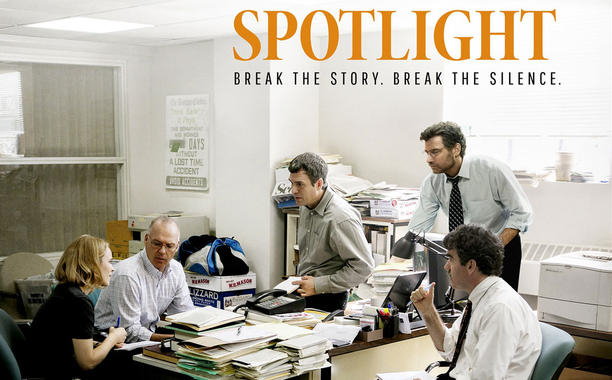
This is going to be tough to write around: how self-serving is it for a newspaper to say a movie about newspaper work is the best of the year? The best I can do is: this list was voted on by a pool of volunteer contributors and staff writers, some of whom don’t even read newspapers. It was (sort of) democratic. Tom McCarthy’s re-construction of the Boston Globe’s investigation of sexual abuse within the Catholic church, clearly, has an appeal outside of those with print smudges on their wrists — possibly because of the spirit of its structure, which includes detail after detail after detail, allowing the audience to compile its own sense of the scope of what’s happening in the film’s world. McCarthy’s film does what most, including most newspapers, don’t do well: it argues for the worth of news reporting as a democratic, community-building act, and, “Silent Night” montage aside, it does so without the heroic story-beats that might be expected for an investigation this monumental. One of the things popular cinema is great at, and one of the things it has mostly left for television to depict of late, is people at work, in a specific place, using their expertise to navigate the world. Spotlight resurrects this tradition. — MS
As much as I love the biting dialogue Tarantino has made a name for himself writing, as well as the over-the-top violence which the director has also become famous for portraying on-screen, the most appealing part of Tarantino’s latest film is not the harrowingly suspenseful and violent-as-all-of-fuck second half, it’s the first half. Tarantino takes his sweet time getting to the action in this film, and quite honestly, he’s better off for it. While almost all of the film takes place in one room, we’re treated to a more effective form of plot development than visual action: dialogue. And damn good dialogue. The fact that Tarantino manages to tell a compelling story without having to resort to sub-plots or any comedic relief is commendable as well. Perhaps more so than in any of his previous films, Tarantino uses his actors to slowly build momentum and tension up to a point where it’s almost unbearable to watch, and then lets it all come tumbling down in a grand, spectacularly violent finale that’s all the more shocking for lacking all the comedy found in Tarantino’s previous works. — MC
It’s true that Mad Max is one long car chase. But it’s probably the best car chase you’ll ever watch.
The remarkable cinematography alone makes it worthwhile; from the convoys of grimy, smoke-spewing vehicles screaming across an endless desert to the hordes of corpse-like “War Boys” scrambling into battle, every shot looks like it came straight out of the wildest comic book you’ve ever read. No wonder it’s the second-most nominated film in the Oscars this year, hot on the heels of The Revenant.
Beyond the madcap post-apocalyptic action sequences, the film’s underpinnings of female empowerment and environmentalism keep it from being too fluffy. Come for the fiery explosions, stay for the relevant social messages.
What a film! What a lovely film! — VF
It Follows is refreshing compared to the cheap scares of mainstream horror. The score by Rich Vreeland is a throwback to John Carpenter, and is played to emphasize the bone-chilling experience and threat of what is to come. Instead of trying to get you to jump out of your seat as we are used to, director David Robert Mitchell slowly builds up the horror. This is shown by the always-present threat (a supernatural force passed from person to person after having sex) that keeps you in anxiety. Throughout the film, Mitchell directs the audience’s attention, making us scan the background looking for what or where it might be. It Follows is intense and scary as hell, the type of horror movie that makes me secure all the windows and doors of my apartment. — KW
A man rests at the end of a dinner table; opposite him, a drug lord sits before a modest feast. “Eat, eat!” The man gestures with his gun to the two children as they pick nervously at their food. The wife whimpers in terror as the assassin and drug lord square off in a bout of silence and stares. “Time to meet God,” the assassin whispers to the family over the sounds of their clinking cutlery.
A film about war, drugs and power, Sicario doesn’t seem to focus on the fact that its protagonist is female in any way, yet with the way the story unfolds this becomes an essential piece of the puzzle. Casting light on the rule bending of the American military (and by extension, American government) in a bid for control, this film manages to work in how much of a man’s world politics and the military has been made to be. — MH
Soaked in his own blood and bound to a framework of sticks, Hugh Glass (Leonardo DiCaprio) locks eyes with John Fitzgerald (Tom Hardy) as he fights for his life. “You ready to take the sacrament? I can do that for you, Glass,” prods Fitzgerald as he strong-arms him closer to death. Wrapped in the pelt of the grizzly that ravaged his flesh, Glass, staring madly into the eyes of Fitzgerald, rumbles indistinguishably as he chokes on his mutilated throat. Powerless and faced with an insurmountable force, the most Glass can do is endure. As he wills himself through the seeming twilight of his life, the viewer is dragged along with him through the snow, with the solitary objective of revenge supplying the only warmth in a frozen wilderness. — MH
It’s really easy to write an action movie about the problems of artificial intelligence. AI is too often an excuse to have robots do mean, scary things, as in I, Robot or the latest Avengers movie. AI becomes a more interesting subject, though, when taken out of the context of an action movie and thrust into a psychological story about human consciousness. For example, 2001: A Space Odyssey was awesome. Her was awesome, too.
And yes, Alex Garland`s Ex Machina is awesome. It’s about a programmer named Caleb (Domhnall Gleeson), who`s hired to interview a robot named Ava (Alicia Vikander) to see if she has full-on artificial intelligence, but he slowly falls in love with her. Ava`s creator, Nathan (Oscar Isaac), thinks it`s all very cute, until shit gets real.
Shit gets so real in this movie. I wish I could talk about it without spoiling anything, but it raises a million questions, not just about AI, but about humanity. What the hell is love? What the hell is freedom? Can a machine really feel anything? Can we? — AR
On the surface The Duke of Burgundy is about two lesbian entomologists in a repetitive and ritualistic S&M relationship, an homage of sorts to ‘70s softcore Eurotrash. However, where those films would be voyeuristic in their depiction of such a relationship, stressing the erotic strangeness of the situation, The Duke of Burgundy cleverly does the opposite. As we become more engrossed in the world of the film, the two central characters’ world becomes normalized. Travelling under the pretense of being S&M saleswomen, this surface is stripped away to reveal a complex and nuanced metaphor for the everyday sacrifices of romantic relationships. If that isn’t enough to sell the film, there is also a hilariously deadpan discussion about toilets. — JF
Being caught between two worlds is an old trope in film and literature, but it’s rarely presented this movingly. A Nick Hornby adaptation of a Colm Tóibín novel, Brooklyn is the story of an Irish girl who immigrates to New York in the 1950s, falls in love, then finds herself being forced to choose between her roots in Ireland and her new life in America. In comparison to the dark and gritty themes that seem to dominate cinema these days, Brooklyn is refreshingly sweet: a feel-good bildungsroman that spins a tender story about not finding but choosing one’s place in the world. And just because it’s a love story doesn’t mean it lacks substance; Saoirse Ronan’s portrayal of the homesickness and heartbreak of moving to a new country has landed her a well-deserved Oscar nomination for Best Actress. — VF
At the start of the film, Jack (portrayed by Jacob Tremblay), the five-year-old protagonist whose perspective the story is told from, has spent his entire life trapped in a 10-by-10-foot room. His mother (Brie Larson) has raised him to believe that the room they live in is the entire world. She does so to protect him from the fact that they are prisoners, held captive by a man who uses her as a sex slave. Dealing with subject matter that could easily tip over either to unbearable bleakness or cliché melodrama, director Lenny Abrahamson, writer Emma Donoghue, and the two excellent actors do an incredible job creating a film that feels both honest and empathetic. A number of intelligent decisions in presenting the material are made, including telling the story from Jack’s perspective, not making the captor a typical “movie villain,” and choosing to deal with the fallout of the climax, which occurs in the middle of the film. The result of these decisions is one of the rawest emotional experiences of the year, and further proof that Lenny Abrahamson (Frank and What Richard Did) is a promising director. — JF
The Big Short, directed by Adam McKay, is a substantial change from his previous films. He is known for directing comedies starring Will Ferrell (Anchorman and Talladega Nights). While some of those films are quite funny, their focus is to make you laugh and not much else. The Big Short, starring Christian Bale, Steve Carell, Brad Pitt, and Ryan Gosling, takes on a difficult subject — the American financial collapse of 2008 — and turns it into something humorous and engaging, yet sobering at the same time. The film uses Gosling as an overconfident asshole narrator, our insider into the world of banking who also exists as a character in the film. In moments where there is a need for explaining dry and boring economic terms, Gosling breaks the fourth wall by using ironic celebrity guests to explain them — presenting a tough subject in an interesting and informative way. — KW
One of the most popular hits of the summer was Pixar’s Inside Out, an animated adventure about anthropomorphic emotions. (Try saying that 10 times fast.) Inside 11-year-old Riley’s brain, Joy, Sadness, Disgust, Anger, and Fear guide her through her everyday experiences — but when Riley’s family moves to a new city, she’s thrown into true emotional turmoil for the first time, and Joy and Sadness have to learn to work together to save the day.
Yes, it’s melodramatic and saccharine-sweet in the way all Disney / Pixar movies are, and you probably won’t enjoy it if over-emotive animation annoys you. But it also has some beautiful things to say about the nature of sadness, and how growing up means leaving certain pieces of ourselves behind.
You will laugh. You will cry. You will roll your eyes. You will have feelings, and then you will wish those feelings were anthropomorphic and lived in your skull and went on wacky adventures through your brain. (Well, maybe not.) — VF
Books:
All True Not A Lie In It is the tale of Daniel Boone — and a study in desperation, adventure, and possibility. Hawley’s prose is a punch that will send you spinning — packed as tight as a cup of brown sugar, and twice as sweet. Traditionally portrayed as the ultimate romantic pioneer figure, Hawley’s Boone is weary, frustrated, and yearning for the chance to create something new. Instead, he finds himself constantly tied down and torn by family, war, and the weight of colonial history. The result is heart-wrenching, exhausting, and brilliant. — DB
Small-town Bone Gap is named after a mysterious space — an invisible undercurrent of lost things, a chasm at the heart of the town that seems to swallow all manner of things. It’s no surprise when Rosa disappears, and most townsfolk assume she simply left town as quickly and quietly as she appeared. Finn, on the other hand, knows there’s something darker at work. When he can’t identify her kidnapper, the local police give up on the case altogether — leaving Finn to figure it out for himself, diving deep into the gap at the heart of the town. With echoes of Greek myths threading throughout the story, Bone Gap is magic realism at its finest — and proves that young adult fiction can be so, so much better than Twilight. — DB
Eighth-grade science nerd Oliver “Boo” Dalrymple wakes up in heaven and figures his faulty heart finally gave out. But soon the plot thickens — and Boo finds himself tracking down the mystery of his own murder. Smith’s conception of heaven is hilarious and comforting and not overly religious — Boo, after all, was an atheist before he kicked the bucket, and doesn’t necessarily intend on changing his mind now. Because the focus is not on God, or heaven, even if they provide the necessary context, the book neatly sidesteps what could easily turn into a messy metaphysical debate, letting the story of a lonely, scientific child shine through. — DB
“Harm was done and further harm would be done.” Martin John is the kind of book that gives you shivers — that you read once, and then never again. We begin with a mysterious incident in a dentist’s office that Martin John can’t bear to speak about — and can’t stop thinking about. We view him first with sympathy, and then with horror, and finally with sympathy again, in what might be the most masterful manipulation of creepiness and compassion of the year. Anakana Schofield lands the reader square in the head of a madman — and refuses to apologize for it. — DB
Our protagonist is a “corporate ethnographer,” which is a way of saying he sits in the basement of an office tower, pokes his fingers into any interesting or intriguing aspect of the corporation he works for, and theoretically compiles a “Great Report.” The problem: our protagonist isn’t quite sure what the Great Report entails, or if it will even come together at all. Part of him is worried about what will happen when his high-powered boss figures out the Great Report is a myth; part of him is insistent on tracking down the meaning of skydiving accidents, garbage dumps, and oil spills. On one hand, Satin Island is a love letter to procrastination and writer’s block; on another, it’s a sharp-eyed look at the era we live in. — DB
Although this is marketed as a children’s book, it is absolutely adult-friendly. Essentially a graphic poem, achieved through the collaboration of poet Jon Arno Lawson and illustrator Sidney Smith, Sidewalk Flowers uses a walk through the city as a way to show the value of daily gifts, the act of noticing, and the great capacity of children to recognize and share beauty. Primarily black and white illustrations are given flushes of colour to emphasize the otherwise ordinary observations made by the young protagonist on this walk with her father. The book is bright, thoughtful, and respectful of the intelligence and intuition of its intended audience. A sweet read. — KS
Slade House is sort of an Easter egg, fitting into a secret pocket of the interlocking narratives of Mitchell’s previous works. All the same, it stands on its own, making it a great way to take Mitchell for a test drive if you’ve never read one of his works before. “Slade House” is a place that doesn’t quite exist, popping into reality every nine years for some strange (and macabre) purpose. What could its victims — a policeman, a college student, a New York artist, and an introverted teenager — possibly have in common? This decades-long tale strings together a web of almost impossible connections — and provides a new take on the trope of the haunted house. — DB
This is a roller coaster of a book — there’s no better way to describe it. It’s raunchy, it’s weirdly heart-warming, and the story shifts away from you as soon as you think you might have a fix on it. It’s the story of one woman’s search for happiness, although that’s not quite it. It’s the story of two mismatched and loathing roommates who turn to violence almost out of boredom. It’s the story of a soul that seems to follow the main character around, periodically reborn as babies and children she spots in grocery stores and in strollers. It’s the kind of book you’re not sure if you like, but somehow can’t put down. You’ll read it in an afternoon and force it on your roommate, who will read it in the same afternoon. It’s lovely. — DB
This historical novel is charged with mythos and haunted by tragedy. A feral child almost literally flies away, a man dwells alone in a chateau with only ghosts and taxidermy tying him to life, and a band of villagers scours the wild scrubland of 19th-century France to find a wild girl. Holdstock’s storytelling is compelling and poetic. The peculiar bonds of the novel’s main characters, and the human moments shared between them, feel personal and visceral. The Hunter and the Wild Girl does exactly what a folktale should: spin a good story, and unravel human truths. — KS
Wind / Pinball is Murakami’s first two novellas translated into English for the first time — a nostalgic return to the meandering, oddly intense style of Norwegian Wood and After Dark. It’s perfect for established Murakami fans but also an excellent starting place for new readers — a way to test the waters before stepping into his longer and more convoluted works. Perhaps best of all, Murakami introduces both works with a sentimental and revealing forward touching on writing, passion, process, and baseball. — DB


